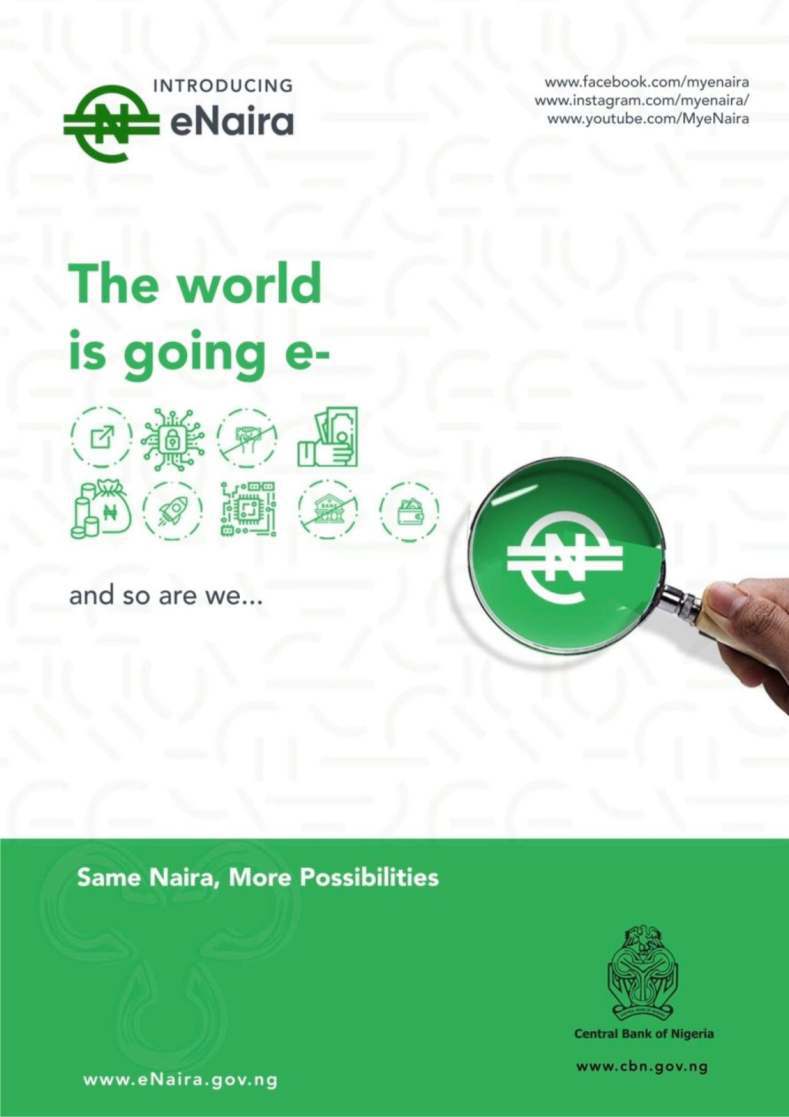Experts have explained that geographic mapping of urban settlements, population, mineral and natural resources, property location, unsecured locations, disaster areas, among other strategic sectors in the society could help the government plan well.
They say that the current war against insecurity in the country could be tackled via appropriate utilisation of mapping systems, especially with unmanned aerial systems.
They also noted the importance of space technology and geospatial technology and stressed the need to deploy them for sustainable development.
Space technology, a technology related to entering, retrieving objects or life forms from space have been evident in areas like weather forecast, remote sensing, Global Positioning Systems (GPS), satellite television and some long distance communications systems that rely on space infrastructure.
Geospatial technology collects and analyses the geospatial data (any data that is indicated by or related to a geographic location).
Experts that spoke in separate interviews with the News Agency of Nigeria (NAN), stressed the need for Nigeria to deploy space and geospatial technologies to boost sustainable development and good governance.
Prof Jide Kufoniyi of Department of Surveying and Geoinformatics, Obafemi Awolowo University, Ile-Ife, described mapping system as the technology for the acquisition, processing, management and dissemination of Geospatial Information (GI).
Kufoniyi further said that geospatial information is any information referenced to a location, while a mapping system would include geospatial data acquisition equipment, such as satellite and aerial platforms carrying appropriate sensors.
He listed geospatial data acquisition tools as land and hydrographic surveying equipment, data processing, management and dissemination equipment, such as computers and appropriate software.
The don explained that geospatial information of any location can be acquired in spite being manned, unmanned, accessible or not, secured or not.
“We only need to use the appropriate mapping system and technique. If it is a dangerous environment that is unsafe for human involvement in the data acquisition, we can use images from Earth Observation Satellites or Unmanned Aerial Vehicle (UAV) depending on the level of accuracy and details required.
“The current war against insecurity in the country will be significantly assisted by appropriate utilisation of mapping systems, especially with unmanned aerial systems. ‘’
He acknowledged that this technology had been in existence over time, but the country had lagged behind in deploying it for a better society.
Kufoniyi explained that lack of adequate access to earth observation satellite images, inadequate geodetic infrastructure for mapping purposes, especially for applications such as urban and land management in cities with multi-level buildings, which require 3D geospatial data had impeded deploying the technology.
He listed other problems to include non-digital geospatial information archives, insufficient capacity utilisation and poor knowledge transfer, obsolete system of training geospatial professionals, technologists and technicians in map productions.
He added that lack of adequate awareness by national GI producers on the benefits of the technology have contributed to its challenges.
“Changes are often so rapid for organisations and personnel to catch up with, there is inadequate infrastructure support, especially power and ICT.
“The government on its part has failed to yield to the consistent call to properly fund mapping activities.
“Not less than 2.5 per cent of the national budget each year has been generally advocated, but the amount allocated is often typically a far cry from this percentage,’’ he said.
The don said that good governance and sustainable development require access to fit-for-purpose geospatial information because according to him, whatever we do, whatever that happens, happens somewhere.
He said that citizens and governments need to be enabled to answer the spatial question of where every development activity is.
“To achieve this, it is necessary to implement Geospatial Data Infrastructure (GDI) at national, state and local government levels.
“The draft National Geo-information policy defined GDI as a set of basic facilities and services, which embraces acquisition and distribution of geospatial datasets, provision of standards and regulations for the production, access, usage, costing and distribution of geo-information.’’
Prof. Joel Igbokwe of Surveying and Geoinformatics Department, Nnamdi Azikiwe University, Awka, described mapping systems as technologies that facilitate the collection of geospatial data for the purpose of producing maps of parts or whole of the physical surface of the earth.
Igbokwe pointed out that the primary function of mapping systems is the production of maps of different themes and scales and they are vital for national development.
Dr Rakiya Babamaaji, Head, Natural Resources Management Division of National Space Research and Development Agency(NASRDA), said space science technology, geospatial technology, when deployed in agriculture, can boost products and ensure food security.
Babamaaji believed that geospatial technology could be used to map and monitor the location of natural resources, take inventory of vegetation, be used in smart agriculture, water resources management, among others.
Babamaaji who spoke on Space Based Smart Agriculture for Food Security in Nigeria, said it is in line with government’s mandate to ensure food security as well as enable the country achieve Sustainable Development Goal Two, aimed at ending hunger and increasing availability of food.
“We are trying to use space technology in agriculture and we have a programme called Space Base Smart Agriculture for Food Security in Nigeria which will address the issue of low yield.
“We also have the Crop Watch Project, a platform used to monitor agricultural activities across the country using geospatial technology.
“Under this project, we are going to gather all the spatial data available with restrictions to agriculture so that farmers can know what is happening in their farms.
“The project will provide the farmers with the climate data, letting them know when to plant, when to apply fertilizer, different soil type in terms of fertility,’’ she said.
The official said they would be working with relevant stakeholders in the country, including the China Academy of Science and China Remote Sensing Centre as technical partners in order to achieve the Crop Watch Project.
Another area she said the programme would be addressing was the value supply chain, whereby challenges faced by farmers from the beginning of the farming season to harvest time would be reviewed.
Babamaaji, however, decried that there was dearth of data, unavailability of fund to support the project and lack of awareness among the farmers on the importance of space technology to farming.
She recalled that the management of the agency was advocating for new and advanced satellites that would aid provision of data and help to plan better towards enhanced precision agriculture.
The President of Geoinformation Society of Nigeria (GEOSON),
Dr Matthew Adepoju, said that the curriculum for geo-information studies and its related courses needed to be changed to fit in to modern advances in geospatial technology.
Adepoju said that the level at which geoinformation was advancing had passed the standard of the studies in the country’s tertiary institutions.
“Part of the area that affected the adoption of geospatial technology in the country is the area of capacity building.
“Our universities and polytechnics need to rejig their curriculum to fit in with the modern advances in geospatial technology and mapping technics.
“At the level they are now, when the graduate comes out, there is so much for the graduate out there to develop on.
“The universities are just structured to chunk out graduates to go and look for job, whereas the curriculum should be structured to reel out the job creators.
“There are a lot of work that a young GIS, Survey graduate can do by themselves if well-equipped from the school,’’Adepoju said.
The president also blamed outdated geospatial technology government policies on the delayed development in the sector.
According to him, the practice had survived on a Survey Coordination Act created in the 1960s.
“We need to review the legislation, because we have a Survey Coordination Act of 1965 and if you look at the development that has happened since the 1960s, a lot of things have changed.
“As at that time, space in the country was still at the scientific level and now the application of space science and technology have broadened the scope.
“Unfortunately, we do not have law that regulates the practice.’’
The GEOSON president said that geospatial technology can be deployed to locate property of citizens for appropriate taxation, in healthcare especially for telemedicine, in national security, flood and disaster management, among other sectors.
He, however, said that with the commitment of GEOSON in getting a new law to regulate the sector and be at par with global standards, the National Assembly also have agreed to enact the law before the end of the Ninth Assembly.
The enactment of the law will no doubt enable the country to harness the potential of space and geospatial technologies for sustainable development and good governance. (NANFeatures)
** If used, please credit the writer as well as the News Agency of Nigeria (NAN)










